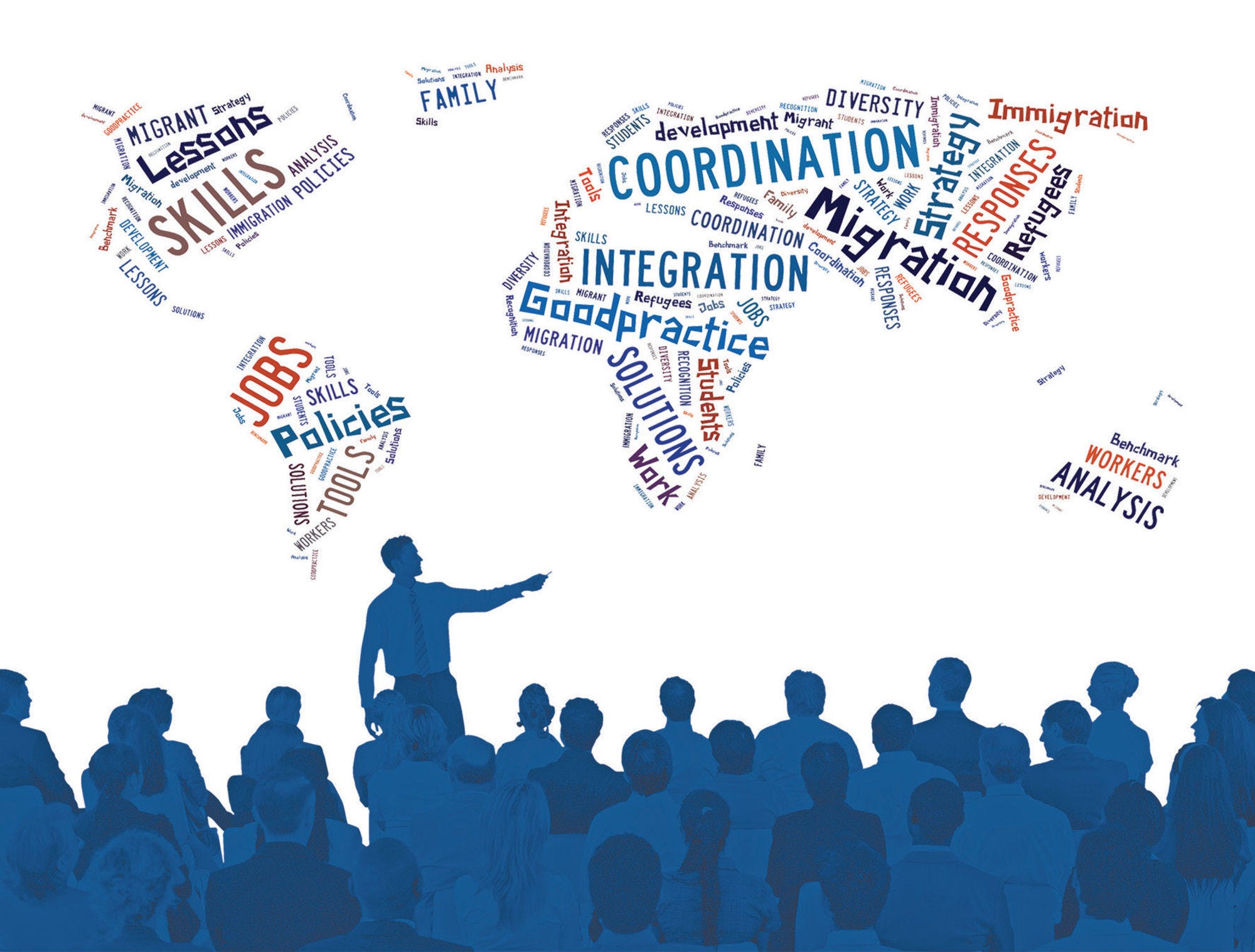Introduction measures have received increased attention in recent years largely due the fact that migrants are often not attaining the same outcomes as the native‑born. While long-term residence in the host country can increase outcomes, even long-term migrants face increased difficulty finding employment, learning the host-country language, and developing networks. Integration and social inclusion of migrants are crucial not only to ensure the cohesion of host-country societies, but also to address skills gaps, labour shortages, and to boost economic performance overall. Formal, affirmative steps to increase integration through introduction measures can help migrants integrate more quickly, allowing governments to capture benefits of migration earlier on. Recognising this, the goal in most countries is act earlier and more effectively than they have previously.
Every country faces challenges and opportunities with respect to the integration of its migrant population, but for a variety of reasons, the approach in OECD and EU countries to integration has varied significantly. Factors such as whether a country has traditionally received large numbers of migrants and the categories of migrants welcomed affect how countries choose to design introduction measures. Other factors include the distribution of competences across and within levels of government, overall policy priorities, and preferences of the host-country society. The establishment of introduction measures also requires financial investment on the part of governments. Financial responsibility for integration has only rarely been left to the private sector or to migrants themselves. In all cases, careful consideration of the rationale for the programme can help policy makers meet the expectations of both host-country society and its migrant population, justify expenditures, and communicate clearly about the potential benefits.
Understanding the rationale behind introduction measures is essential to understanding their set-up and to assessing whether the measures are helping achieve their goals. This underlying rationale is the starting point from which policy makers will determine the programme’s objective, scale, and scope and may also influence a country’s decision to provide these measures as an option for new arrivals versus imposing an obligation to participate. To this end, two questions must be considered: 1) what does the country hope to achieve through integration; and 2) what does “integration” actually mean in the particular host country?
The motivation behind offering introduction measures will drive programme design. If the objective is to deal with issues such as barriers to labour-market insertion or potential burden on the welfare system, countries may place increased focus on the design of concrete and practical labour-market measures. On the other hand, for countries in which integration is understood as furthering social inclusion, the focus may be on helping migrants understand their new host-country while retaining aspects of their native culture. In this case, measures to increase exposure of host-country natives to the migrant community may also be important. While several objectives will generally overlap, their relative weight differs widely amongst countries.
The “why” of integration also influences the “who”. If a country has the objective that all of its migrants will settle in the country for the long term, that country may choose to integrate more categories of migrants, including family members and workers. Countries that rather see migration through the temporary lens will tend to make a different decision.
